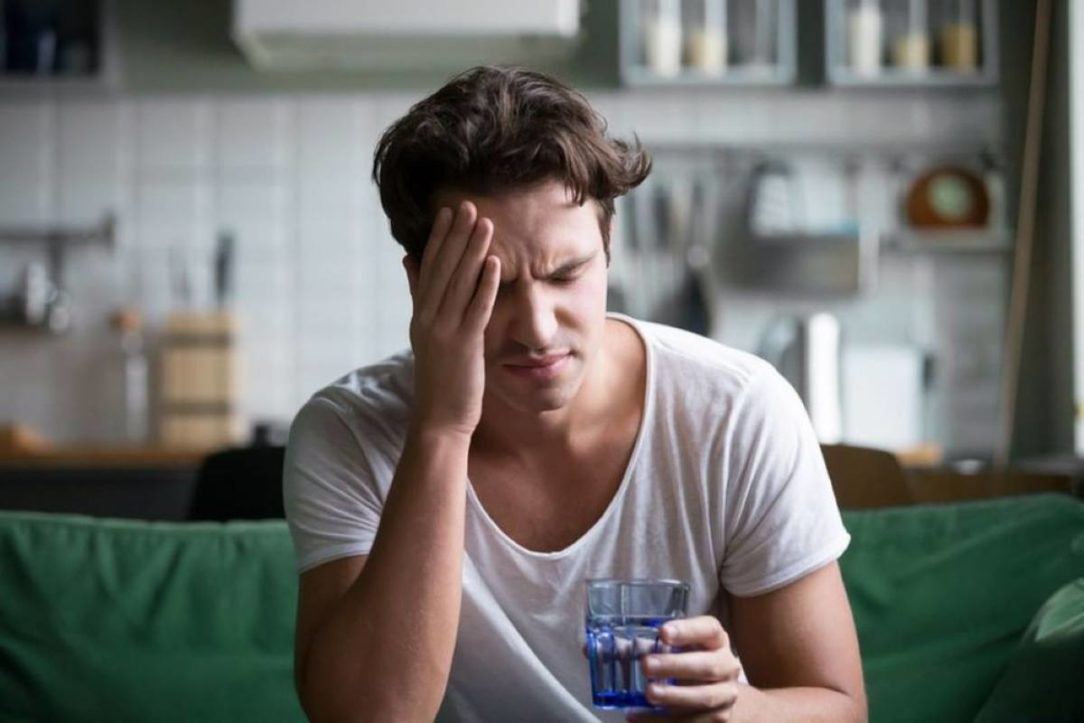Dizziness when standing up, otherwise known as orthostatic hypotension, affects about 6% of the population, more so for older individuals as 20% of those 65 or older suffer from this. Experiencing this can cause some stress in addition to the physical ailments as sufferers oftentimes do not understand what caused it or what can be done about it. Fortunately, it can be treated through a variety of means, including some that can be done immediately prior to standing up as well as at other times.
Causes
Orthostatic hypotension occurs when blood pressure falls suddenly and significantly upon standing. Some of the symptoms of this include light-headedness, dizziness, faintness, blurred vision, nausea, confusion, and psychiatric disorder. Some faint or fall after experiencing this. Note that these symptoms sometimes occur a few minutes after standing, not just a few seconds later, although the latter is much more common.
Dizziness when standing up occurs more often or with worsening severity of the symptoms when it’s done right after the individual ate a heavy meal, drank alcoholic beverages, took drugs, exercised, especially when this is not regularly done, or had just experienced a significant amount of time in a lying position. Not having drunk enough non-alcoholic fluids or showing forms of mild to major dehydration is another cause of worsened symptoms. Some of the long-term causes of orthostatic hypotension include the body no longer being able to regulate its blood pressure or experiencing a malfunctioning of the automatic nervous system.
Illnesses that can cause orthostatic hypotension include anemia, hypovolemia, diabetes, Parkinson’s disease. Other things that can cause it include pregnancy, immobility, hot weather and diuretics.
Treatment
Of course, the most effective way to relieve the symptoms of orthostatic hypotension is to sit back down before rising more slowly. However, this does not cure the core issue, what caused this to occur in the first place. Unfortunately, in many cases, no treatment will remove the causes entirely. As a result, the focus tends to then turn towards decreasing those symptoms.
For example, those who must remain in bed for long periods of time should ensure that they exercise in bed and sit up at regular intervals. Otherwise, simply rising slowly and with care will generally help reduce the severity of the resulting symptoms. Another thing to do that’ll help is to perform isometric exercises such as squeezing something like a rubber ball prior to getting up. This will help raise your blood pressure prior to rising. Otherwise, make sure to be well hydrated, limit alcohol intake, and exercise regularly. Even modest exercise will have an impact. Increasing salt intake has also helped some individuals, but this suggestion is not recommended for those who suffer from heart disorders.
When a doctor sees a patient who may be suffering from orthostatic hypotension, they will check their blood pressure when they’re lying down, when they’re sitting and when they’re standing. If their blood pressure drops significantly shortly after standing, orthostatic hypotension will likely be the diagnosis.


